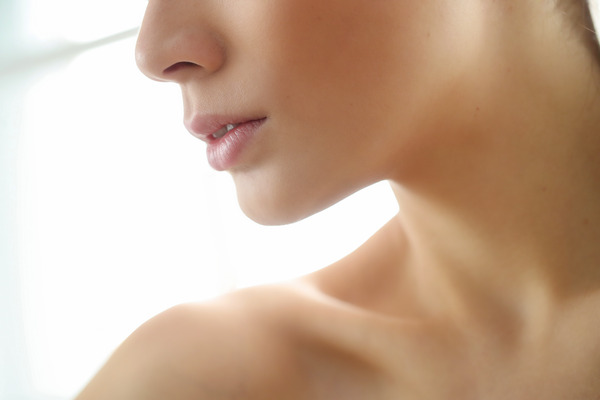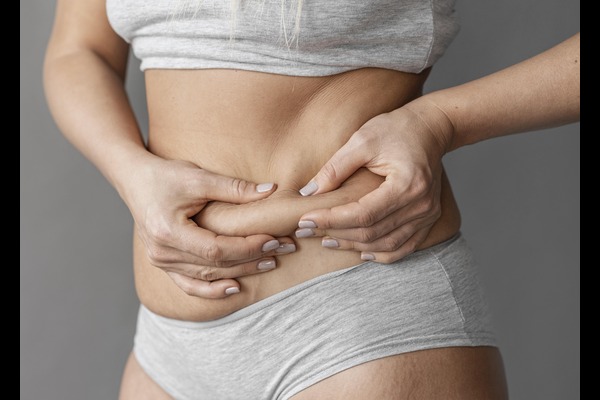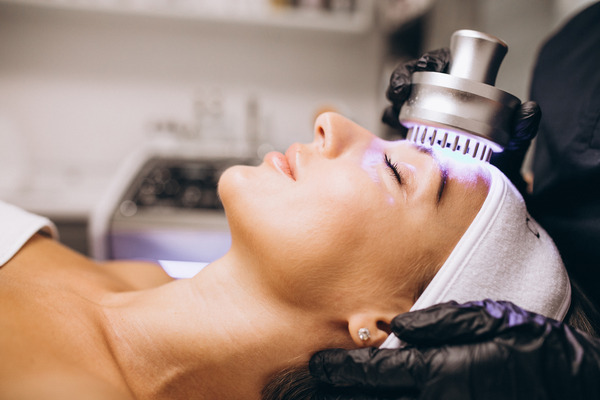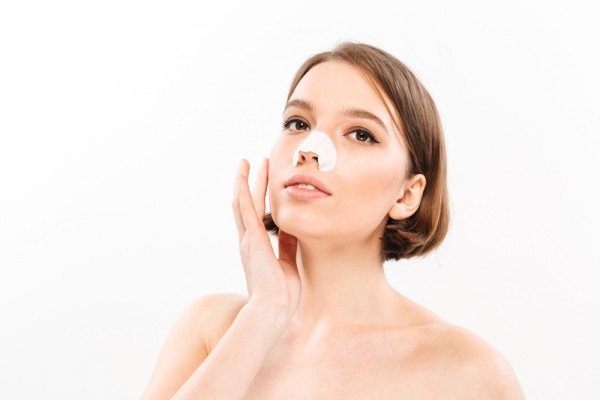
A Guide To Different Types Of Breast Implants
The most frequent cosmetic procedure performed all over the world is breast augmentation. Inserting implants for breast augmentation is the most common choice for patients worldwide. Plus, it is one of the safest techniques. For breast augmentation, breast reconstruction, or breast surgery revision operations, one can select from a variety of breast implant materials.
We shall talk about them in this post. This post intends to act as a guide for you while you choose the best types of breast implants for you.
What are the different types of breast implants?
Implants for breasts can be classified into four broad categories:
1. According to composition:
Every breast implant is made up of an outer silicone shell. The basic difference lies in the choice of content it is filled with. The different types of breast implants according to their composition are –
1. Silicone breast implants –
Prefilled by the manufacturer, these types of implants contain silicone gel. Due to their cohesive nature, they hold their position and do not rotate. They are flexible and conform to the organic curve of breasts. Hence, they look natural and feel natural to the touch. For women of age 22 and above, silicone breast implants are an option.
Inserting a silicone breast implant requires a larger incision than a saline implant. However, the incision is made below the breasts. So, the folds of the breast conveniently hide the scar.
If a silicone implant ruptures, it is silent. That is, the concerned individual cannot recognise it as easily. That is why MRI scans are necessary at regular intervals of 2-3 years to detect a rupture. One upside, however, is that the silicone for breast implants is non-toxic and inert. So, following a silent rupture, the silicone poses no health hazard. But it can shift to surrounding areas and form hard lumps. It may also cause pain and heaviness in the breasts.
To avoid this, gummy bear silicone implants for breasts are available. This special form of silicone gel has a higher adhering property. As a result, it remains intact and in the same position following a leak in the implant.
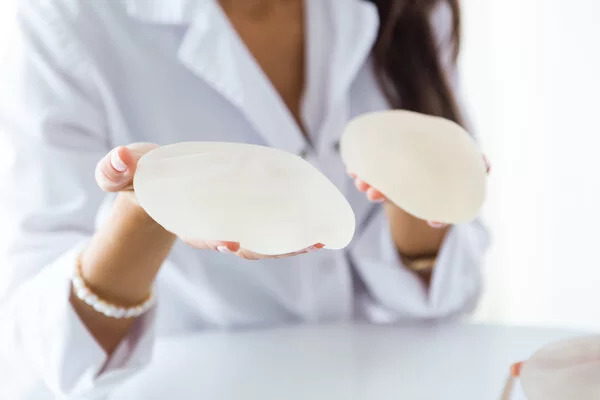
2. Saline breast implants –
As the name implies, these implant types contain sterile saltwater or saline solution. The surgeon fills the outer silicone shells with saline after placing them in their positions. Naturally, the incision required is smaller. These implants for breasts are available for use by women aged 18 years or more. One of the biggest advantages of saline implants is that, if there is a leak by any chance, the body absorbs the salt water. Hence, there is no health risk. But if there is a rupture, the implant deflates immediately. This is externally visible and causes great uneasiness.
A major downside is that patients often complain about these implants being too visible. Especially for skinny women or people having no native breast tissue, these are not an option at all. They need support from surrounding extensive breast tissue to remain secure in their position. Moreover, these implants feel heavy and are hard to touch. It is a troublesome issue for working women. The artificial look of these implants is another negative point.
The content, being fluid in nature, often whirls and sloshes within the implant. This is especially so when they are involved in physical activity. This causes embarrassment in public. To resolve this issue, structured saline implants for breasts have been developed. They contain channels and the water moves through these chambers without causing any disturbance.
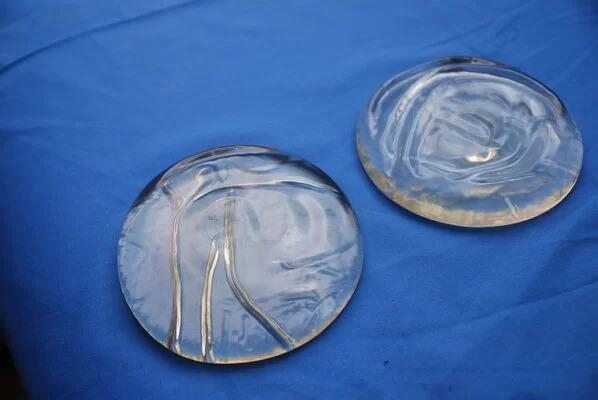
2. According to the form:
1. Smooth breast implants –
The outer silicone shell is smooth. The breast implant material within may be saline or silicone. To the touch, they are smooth and soft. They seem natural because they can adapt to the form of the breasts. These breast implants, however, have a significant risk of rotation.
2. Textured breast implants –
The outer silicone shell is thick, rough, and contains spikes. The spikes promote the growth of scar tissue around them. As a result, they get a firm grip on the breast tissue. The risks of capsular contracture or even rotation of the implants reduce greatly! Persons having little to no natural breast tissue can opt for these implants for breasts. They are a viable option for breast reconstruction after mastectomy and gender reassignment surgeries.
3. According to the shape:
1. Round implants –
These implants are either silicone or saline implants. They are precisely rounded. As a result, the breasts gain volume. These implants may rotate without altering the shape of breasts because of their geometric form.
2. Anatomical implants –
These are textured implants for breasts. They are shaped in natural breast forms. Hence, these are also called pear-shaped implants. They are teardrop shaped, which is the curvature of natural breasts.
They are often used for feminine gender reassignment procedures or for rebuilding the breast after a mastectomy. These implants resemble natural breasts.
4. According to the size:
Breast implants are available in sizes ranging from 125 ccs to 700 ccs.
What type of breast implant is the best?
There isn't a general guideline for this. Your breast surgeon is the best person to make this decision. To choose the right breast implant for you, they will take into account your goals, breast size and shape, medical history, and overall health status.
If you are planning breast augmentation surgery, consult the expert Dr V. S. Rathore. Since 2003, his focus has been helping patients. he has 9300 successful surgeries under his credit. For the past 18 years, he promotes the well-being of his patients by boosting their self-confidence. His mission is to offer the best quality patient service and the best outcomes with the help of the latest technology and his clinical expertise.
Also Read: Saline Or Silicone Breast Implants: Which Is Better?
Follow us at
Facebook | Instagram | Twitter | Youtube

